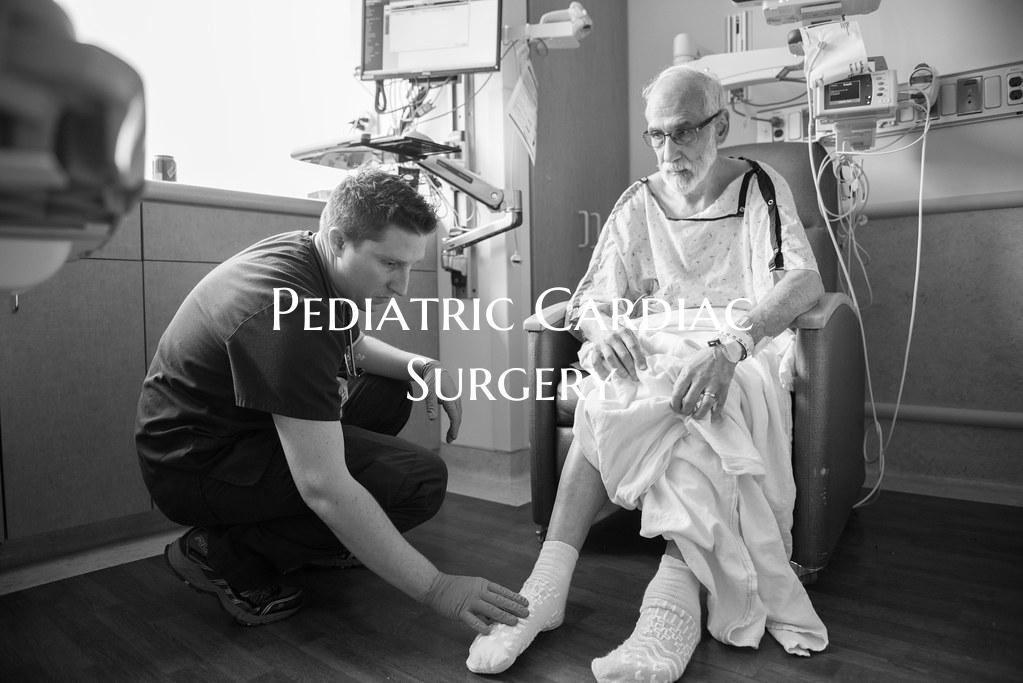
Pediatric Cardiac Surgery
Pediatric cardiac surgery is a specialized field in which surgical procedures are performed on the hearts of infants, children, and adolescents. These surgeries are typically required to repair congenital heart defects, which are structural problems with the heart that are present at birth.
Pediatric cardiac surgery is a complex and delicate process that requires a highly skilled and experienced surgical team. The goal of these surgeries is to correct the underlying heart condition and improve the child's quality of life.
Some common types of pediatric cardiac surgeries include:
1. Septal defect repair: This involves closing a hole in the heart's septum, which separates the heart's chambers.
2. Valve repair or replacement: This surgery is performed to repair or replace faulty heart valves that are affecting blood flow.
3. Tetralogy of Fallot repair: This is a surgery to correct a combination of four heart defects that affect blood flow to the lungs.
4. Fontan procedure: This surgery is performed to improve blood flow in children born with functional single ventricle heart conditions.
Before undergoing pediatric cardiac surgery, thorough evaluations and diagnostic tests are conducted to determine the best course of treatment for each child. The surgical team works closely with pediatric cardiologists, anesthesiologists, nurses, and other healthcare professionals to ensure the best possible outcomes for the young patients.
Recovery from pediatric cardiac surgery varies depending on the type and complexity of the procedure. Close monitoring in the intensive care unit is often necessary immediately after surgery, followed by a period of rehabilitation and ongoing care to ensure the child's heart heals properly.
In conclusion, pediatric cardiac surgery is a vital and life-saving field that has significantly improved the outcomes for children with congenital heart defects. With advancements in medical technology and expertise in the field, these surgeries continue to offer hope and improved quality of life for young patients and their families.